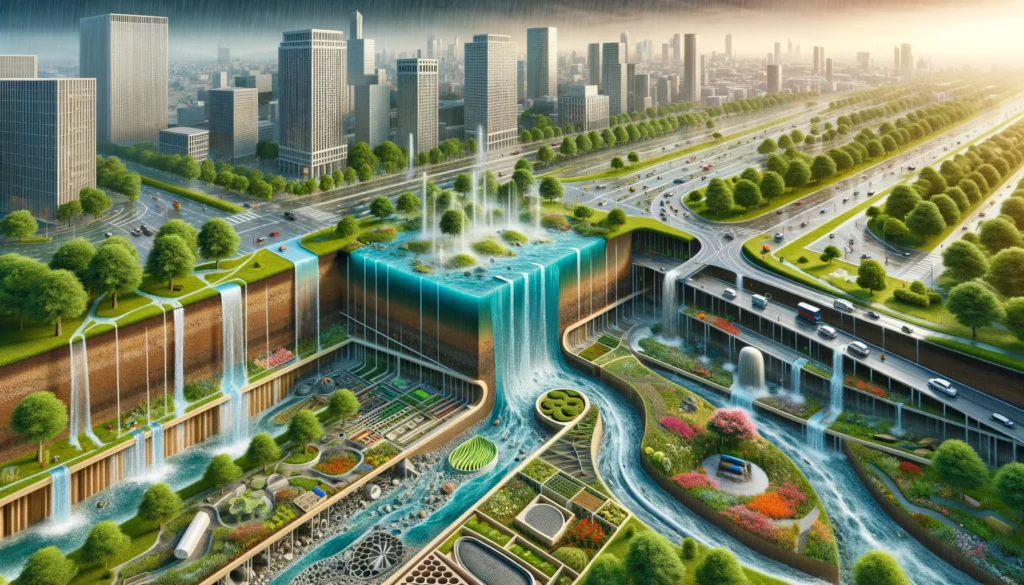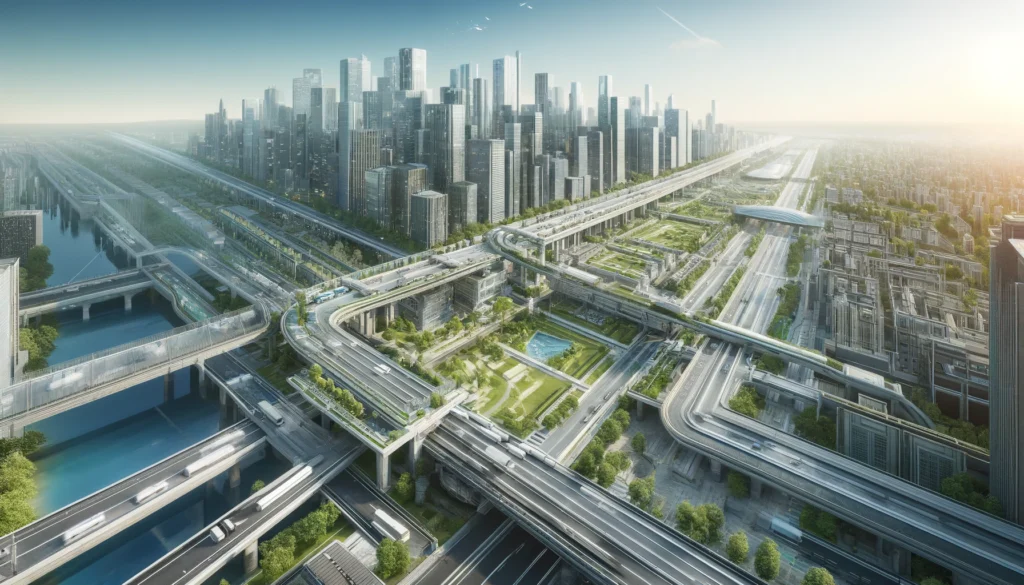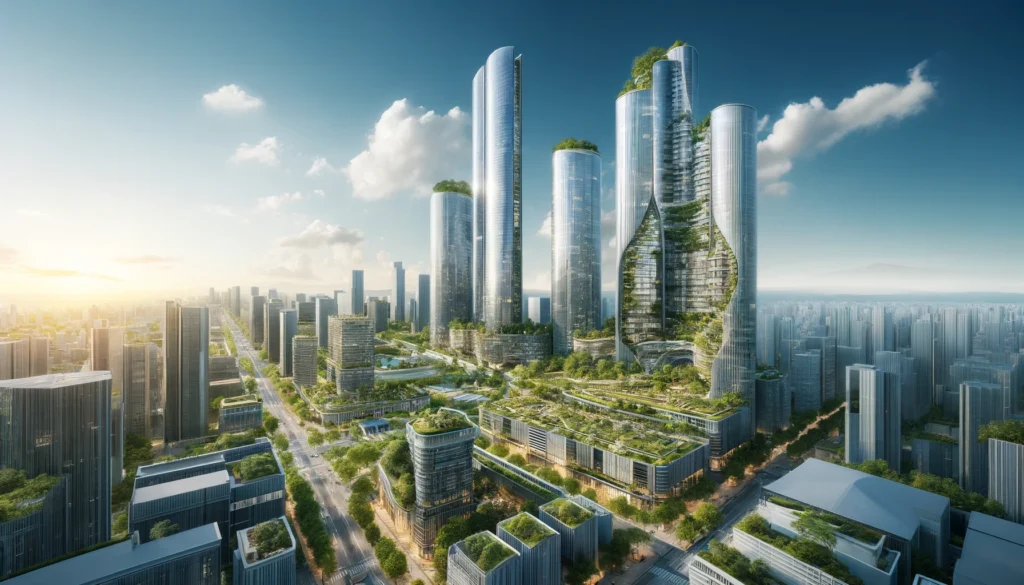Introduction
In the face of increasing urbanization and climate change, managing urban stormwater efficiently has become crucial. Sustainable Urban Drainage Systems (SUDS) offer a transformative approach to managing rainwater in urban environments, enhancing the resilience of cities against flooding while contributing to water quality and biodiversity.
The Concept of SUDS
Sustainable Urban Drainage Systems, often known as SUDS, are designed to replicate natural systems that use cost-effective solutions to drain away dirty and surface water run-off through a collection, storage, and cleaning process before allowing it to be released slowly back into the environment. This contrasts with traditional drainage systems that might quickly divert stormwater to watercourses, often leading to pollution and disruptive floods.
Components of SUDS
- Pervious Surfaces: These allow water to infiltrate through the surface into the underlying layers, which can store water and slowly release it either into the groundwater system or downstream into watercourses.
- Swales: Shallow, broad and vegetated channels that store and convey runoff while facilitating infiltration.
- Constructed Wetlands: They not only reduce flow rates but also improve water quality through biological breakdown of pollutants.
- Rain Gardens: These are shallow depressions planted with suitable vegetation that can absorb water, providing drainage and creating habitat.
Benefits of SUDS
- Flood Mitigation: By managing runoff and reducing peak flow rates, SUDS can significantly reduce the risk and impact of urban flooding.
- Water Quality: They improve the quality of urban runoff by filtering pollutants through biofiltration.
- Biodiversity: SUDS can enhance urban biodiversity by creating new habitats for various flora and fauna within city landscapes.
- Amenity Value: SUDS are often integrated into public spaces, improving the aesthetic and recreational value of urban areas.
Case Studies
- Barking Riverside, London: This development incorporates a network of swales and wetlands designed to manage surface water sustainably, prevent flooding, and provide valuable habitats for wildlife while enhancing the landscape aesthetics for the community.
- Olympic Park, London: Developed for the 2012 Olympics, the park features extensive rain gardens, which manage stormwater and have become a central element of the park’s landscape, supporting biodiversity and providing beautiful scenery.
Challenges in Implementation
While SUDS offer numerous benefits, their implementation can be challenged by urban space constraints, high initial costs, and the need for ongoing maintenance. Effective planning and community engagement are crucial for addressing these challenges.
Conclusion
Sustainable Urban Drainage Systems represent a paradigm shift in how cities manage rainfall. By integrating water management with urban design, SUDS not only address flooding and pollution but also enhance urban spaces and biodiversity, contributing positively to the quality of urban life.



